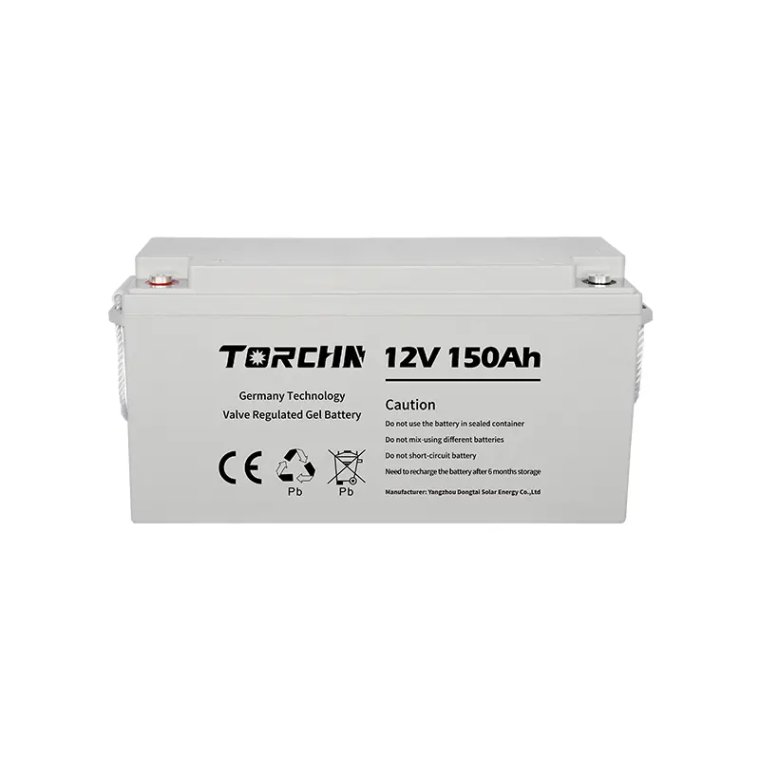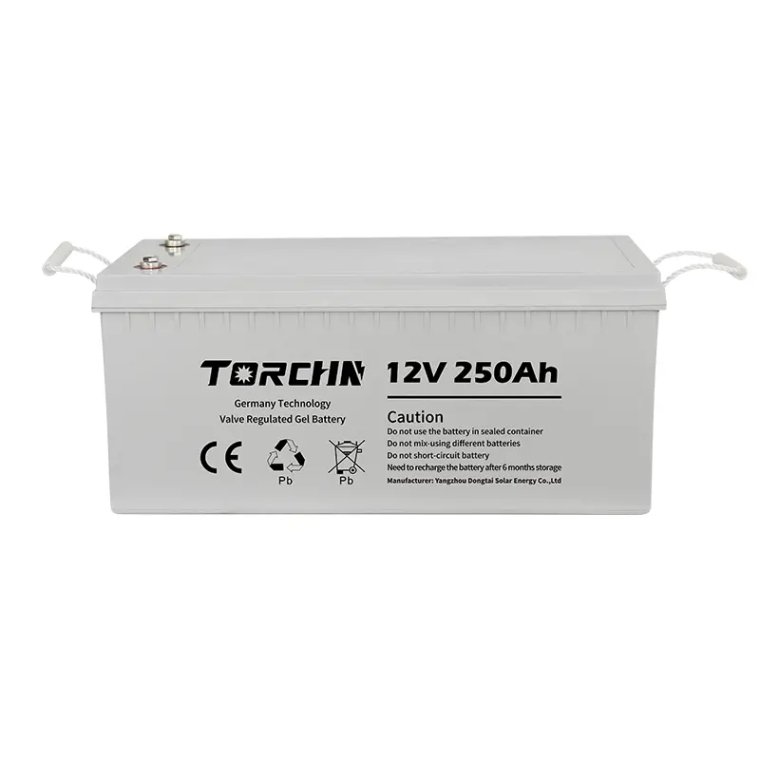Lead-acid batteries have been a reliable source of energy storage for over a century. Despite the emergence of newer battery technologies, lead-acid batteries continue to play a crucial role in various applications. In this blog, we will delve into the basics of lead-acid batteries, explore their inner workings, and highlight the benefits they offer.
I. What are Lead-Acid Batteries?
A. Definition and Composition
Lead-acid batteries are rechargeable energy storage devices that utilize a chemical reaction between lead and sulfuric acid to generate electrical energy. They consist of lead plates immersed in an electrolyte solution of sulfuric acid.
B. Types of Lead-Acid Batteries
1. Starting Batteries: Designed to provide a high burst of power for starting engines, commonly used in vehicles.
2. Deep-Cycle Batteries: Optimized for long-duration discharges and recharges, ideal for applications such as renewable energy systems and electric vehicles.

II. How Do Lead-Acid Batteries Work?
A. The Charging Process
1. Discharging: When a load is connected, the chemical reaction between the lead plates and sulfuric acid produces electrical energy.
2. Charging: Reversing the chemical reaction by applying an external electrical current to the battery, converting electrical energy back into chemical energy.
B. Electrochemical Reactions
1. Positive Electrode (PbO2): Oxygen combines with lead dioxide to form lead sulfate and releases electrons.
2. Negative Electrode (Pb): Lead reacts with sulfuric acid to form lead sulfate and releases electrons.
3. Electrolyte (H2SO4): Sulfuric acid facilitates the movement of ions between the electrodes, completing the circuit.
III. Benefits of Lead-Acid Batteries
A. Cost-Effective Solution
1. Affordability: Lead-acid batteries are relatively inexpensive compared to other battery technologies.
2. Established Infrastructure: The widespread use of lead-acid batteries has led to a well-established manufacturing and recycling infrastructure, reducing costs further.
B. Robust and Reliable
1. Durability: Lead-acid batteries are known for their ability to withstand harsh environmental conditions.
2. High Discharge Rates: They can deliver high bursts of power, making them suitable for applications requiring quick energy release.
C. Recyclability and Sustainability
1. Environmental Friendliness: Lead-acid batteries are highly recyclable, with a recycling rate of over 99%.
2. Circular Economy: The lead and plastic components of these batteries can be recycled and reused in new battery production.

Conclusion
Lead-acid batteries continue to be a reliable and cost-effective energy storage solution, offering durability, high discharge rates, and recyclability. Understanding the basics of lead-acid batteries and their benefits is essential for making informed decisions regarding their use in various applications. As technology advances, lead-acid batteries are likely to evolve further, ensuring their relevance in the ever-changing energy landscape.
Suzhou Baoxinda Energy Technology Co., Ltd. is a high-tech enterprise located at Suzhou FOHO Hi-Tech Industrial Development Zone. The main business is floating solar systems design, rooftop solar mounting systems, system design, solar projects installation, home solar energy systems, C&I solar energy systems, energy storage systems and solar power project development. The designed system annual capacity can reach over 200MW. Our goal is to provide customized solutions for the market and customers, whether it is a single product or a complete set of equipment.
If you need solutions about Lead-Acid Batteries, you are welcome to browse our website or contact us.






